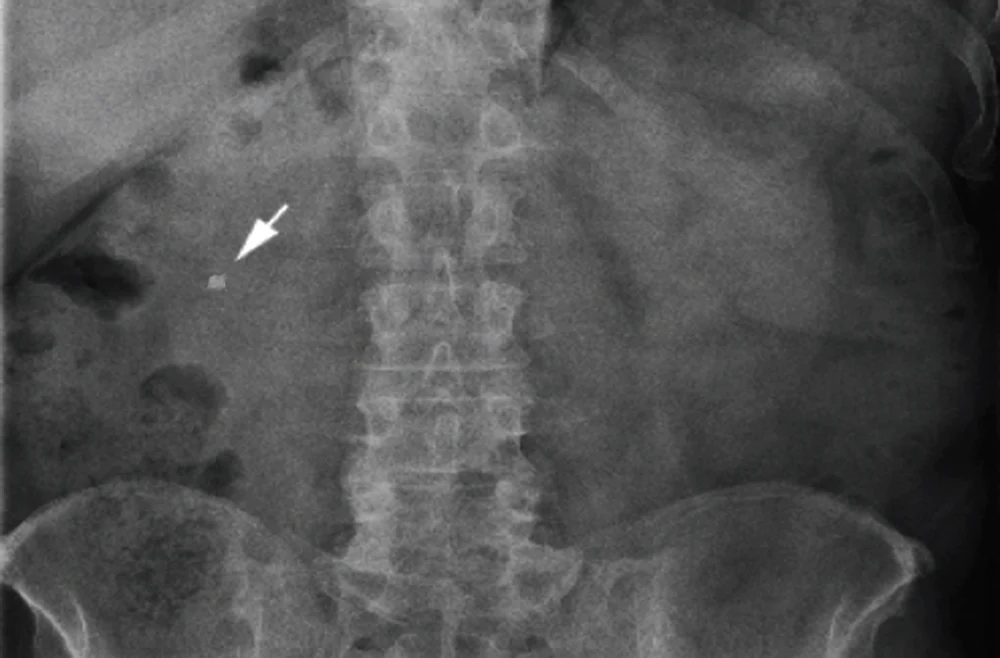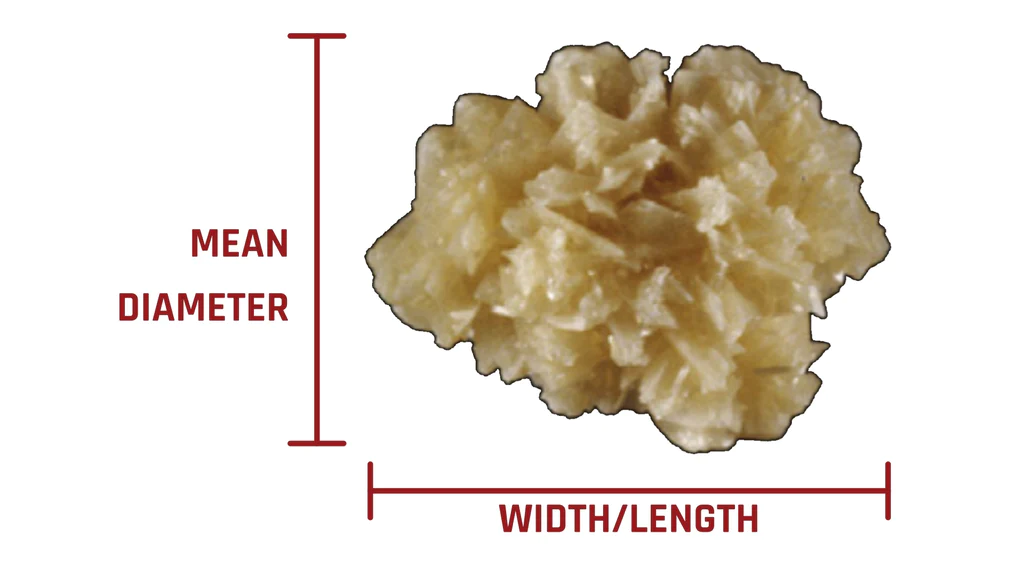Published: July 18, 2020 | 5 mins read
What Size of Kidney Stone Will Pass?
What size kidney stone will pass?!? It’s a question that we get asked all the time. So, we figured that we’d write a blog about it to help answer some of your questions. Let’s begin with some background information:
BACKGROUND INFORMATION
There is a large margin for error when receiving your kidney stone size from your Urologist or Doctor. It’s not their fault. Instead, it’s our reliance on 2D imaging that makes things difficult. There are many different methods of kidney stone identification. However, most facilities will utilize an x-ray machine due to its low cost for the patient. Some facilities will use a CT scan, but this is often a rare practice due to cost considerations.
X-Rays rely on 2D imaging. When trying to contemplate the size of a kidney stone, the orientation (the way the kidney stone is sitting in the body) of the kidney stone doesn’t always play nice. Kidney stones are often at odd angles, making it difficult for technicians and doctors to gauge their size accurately. If you’re fortunate enough to be at a facility that uses a CT Scan, you will leave with a much more accurate determination of the size of your kidney stone. The increase in accuracy is due to CT Scans utilizing 3D imaging versus the 2D imaging of X-Rays. However, this increase in accuracy comes at a cost. A CT Scan will run between $437 to $2,239 to conduct in comparison to an X-Ray at $41 to $285.
The below image will give you an idea of what the technician and doctors see when they look at an X-Ray. As you can see, it would be difficult to determine the size of the kidney stone based on this information alone.

Now, compare the above image to that of a CT scan in the image below. You can see that there is much greater detail available to better determine the actual size of your kidney stone from multiple angles. Again, this detail comes at a significant cost hike, though.

When it comes to measuring a kidney stone, the measurement that we’re looking for is the mean diameter. The mean diameter will give us the kidney stone’s correct width as it is related to your urinary tract. It’s the only measurement that matters. The mean diameter will determine how difficult a kidney stone will be to pass. Remember, your ureter is only about 3mm wide. However, it is flexible.

Please note that people frequently leave the Hospital or Doctors office with their kidney stone’s width/length, not the mean diameter. The width/length of a kidney stone is an inadequate measure of how difficult it will be to pass. Please see the above image for a visual representation.
SMALL KIDNEY STONES
Kidney Stones that are less than 3mm in diameter are considered to be “small.” Roughly 80% of these size kidney stones will pass on their own without any herbal/pharmaceutical assistance. The average timeline for small kidney stones to pass unassisted is about 30 days.
MEDIUM KIDNEY STONES
Kidney stones that are between 3-6mm in diameter are considered to be “medium.” Due to their slightly larger size, only about 60% of these size kidney stones will pass on their own without any intervention from herbal/pharmaceuticals. With the increase in size, an increase in the duration to pass these medium-sized kidney stones scales up to roughly 45 days.
LARGE KIDNEY STONES
Kidney stones that are 6-9mm in diameter are considered to be “large.” With this size kidney stone, the likelihood of passing it unassisted drops significantly to about 20%. There is also an increase in the time to pass to roughly 60+ days. The larger the kidney stone, the more time that is needed.
CONCLUSIONS
One of the best questions you can ask your Doctor or urologist when they indicate the size of the kidney stone will be, “Is that the mean diameter or the width/length?” Without truly understanding what you’re up against in terms of diameter, you may be inappropriately scheduled for an invasive and costly surgery that is unnecessary. It’s important to understand that it is entirely possible to pass kidney stones up to 9mm in size. While the success rate of passing a large kidney stone unassisted drops significantly, it is entirely possible.
To increase the chances of passing kidney stones of any size, our recommendation is to start using two particular types of either herbal or pharmaceutical assistance:
- Anti-Inflammatory: this will help reduce swelling and inflammation in and around your kidney stone to allow free movement of the kidney stone, leading to faster passage. Localized inflammation and swelling around the kidney stone will hold the kidney stone in place for longer than it needs, which increases the time you will be in agony.
- Diuretic: a diuretic will increase urine production and output, which will create pressure on the kidney stone to move. Couple this with increased water intake (2-3L per day minimally), and you will have enough horsepower to push the kidney stone through your urinary tract and out of your urethra faster than if left unassisted.

Comments or questions?
Responses
WHAT TO READ NEXT
Publish Date: June 30, 2024
The Hidden Dangers Of Manufactured Citric Acid
Publish Date: March 10, 2024
Is Marijuana Use Linked to Kidney Stone Risk?
Publish Date: January 21, 2024
Stone Still In the Kidney? Here’s What To Do Next